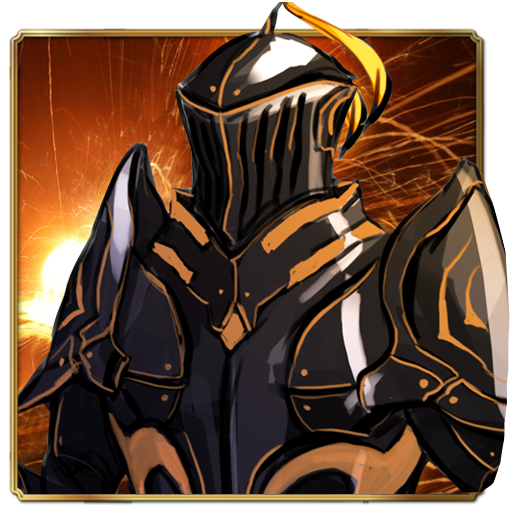[quote name='Orymus3' timestamp='1357750499' post='5019517']
You need the opponent to know the origin of the fire, and that they must strike this position.
[/quote]
Actually if your game is based on our time or the future it should be no problem to give the player that information. Even today it is possible to detect incoming artillery and calculate where it came from. I guess using radar or some other high tech stuff.
That's why artillery isn't static anymore. It strikes and if counter artillery is expected it will change it's position. Just like snipers that move after a shot.
Self-propellered artillery makes much more sense for such situations.
I found it even more interesting that some artillery systems are capable to shot multiple shells and all hit the target at the same moment, preventing the units in the target area to take cover before the next shell hits.
They adjust the detonation used to shoot, then each shell is using a different trajectory (the first one takes the longest trajectory the last one the shortest). That way some system can hit a target with up too six shells simultaniously.
I would only make the strongest artillery units incapable of movement. They should however have a longer striking distance than all mobile units, else the will get shelled, the attacker withdraws out of range before the counter artillery hits and then start the whole thing again.









